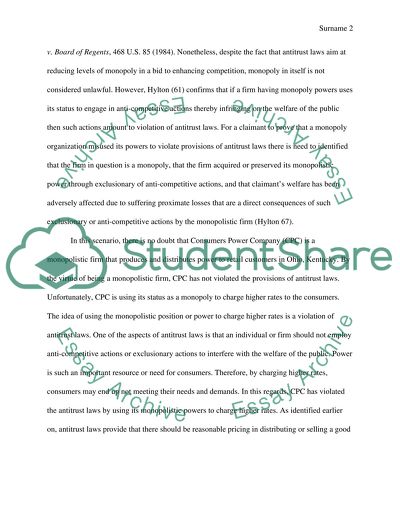Cite this document
(“Questions in Antitrust law. Case examples Essay”, n.d.)
Retrieved from https://studentshare.org/law/1397810-questions-in-antitrust-law-case-examples
Retrieved from https://studentshare.org/law/1397810-questions-in-antitrust-law-case-examples
(Questions in Antitrust Law. Case Examples Essay)
https://studentshare.org/law/1397810-questions-in-antitrust-law-case-examples.
https://studentshare.org/law/1397810-questions-in-antitrust-law-case-examples.
“Questions in Antitrust Law. Case Examples Essay”, n.d. https://studentshare.org/law/1397810-questions-in-antitrust-law-case-examples.


